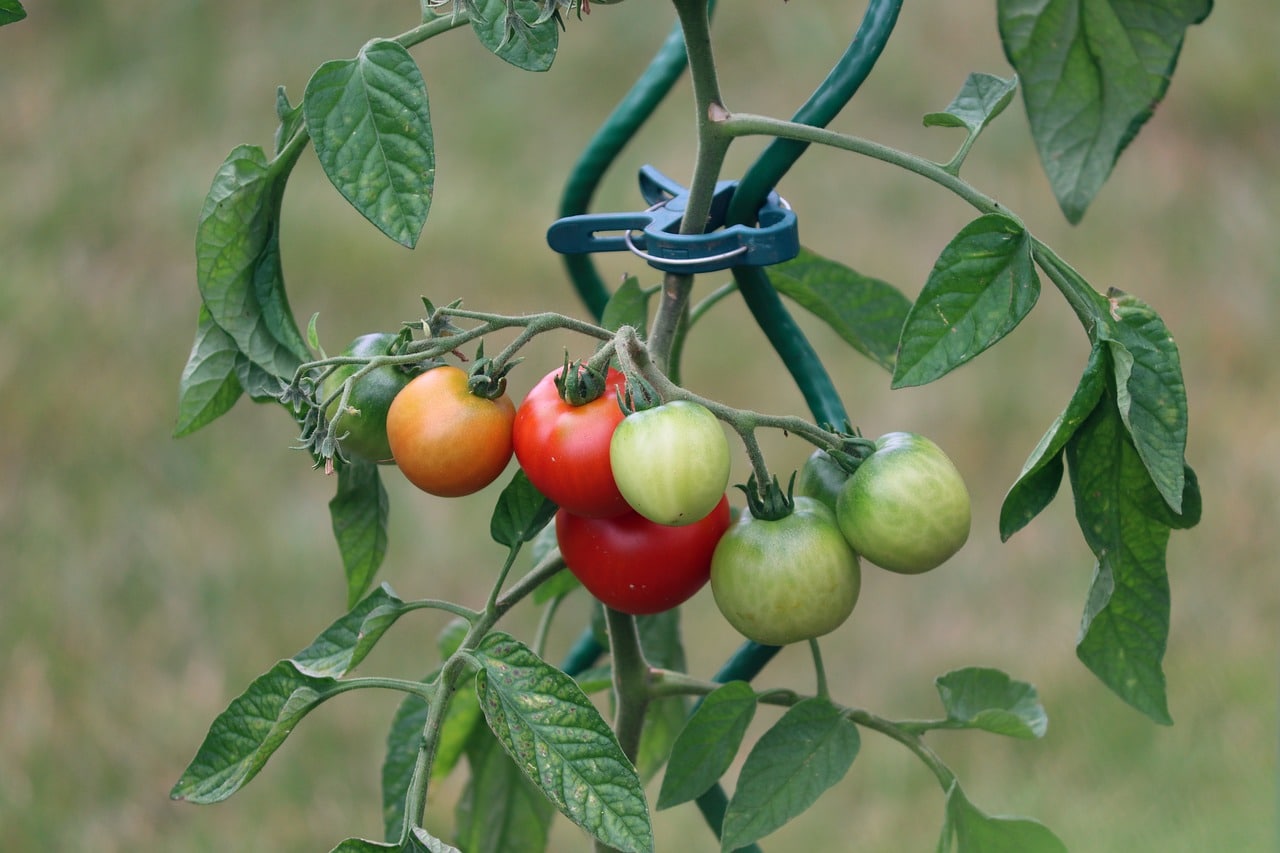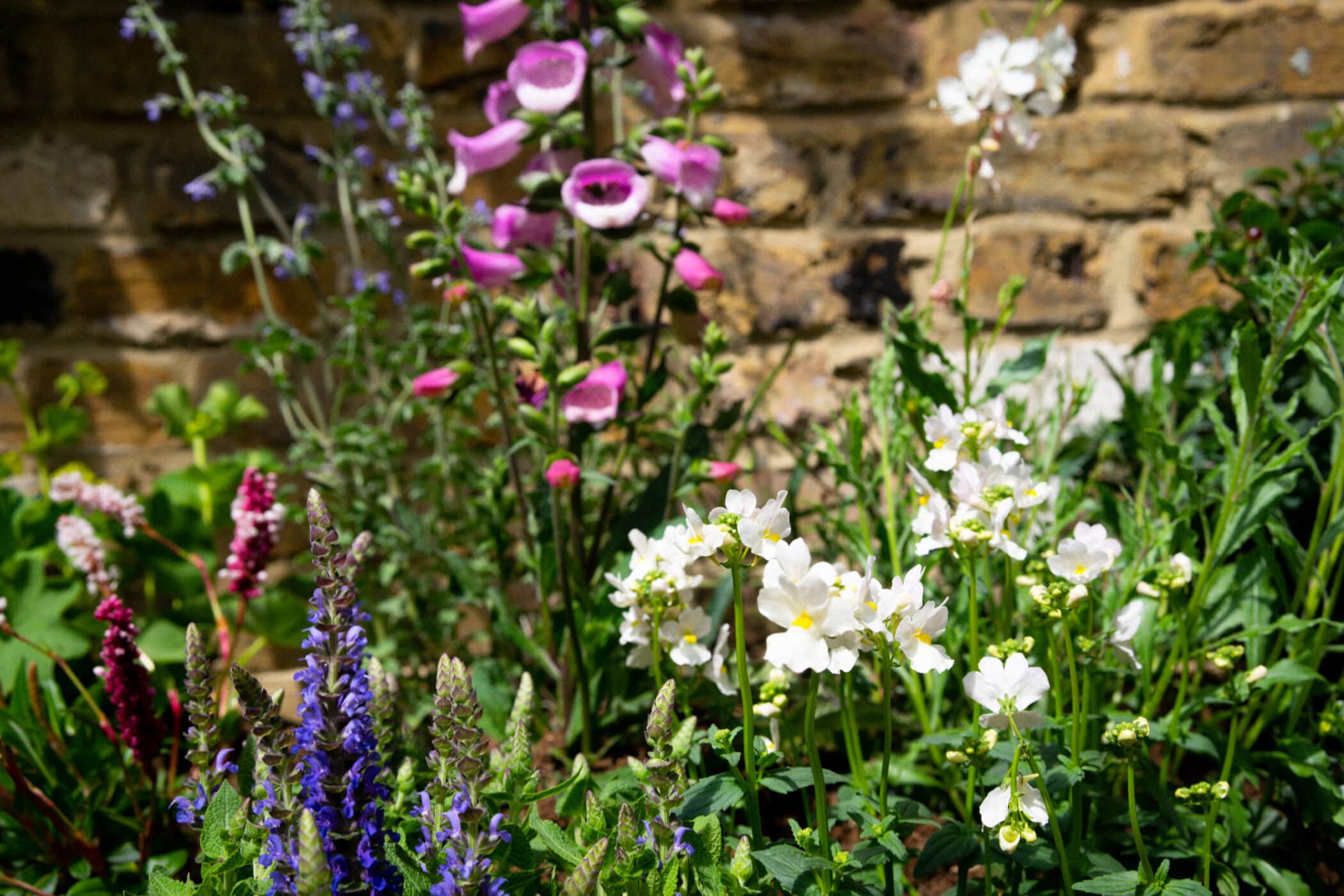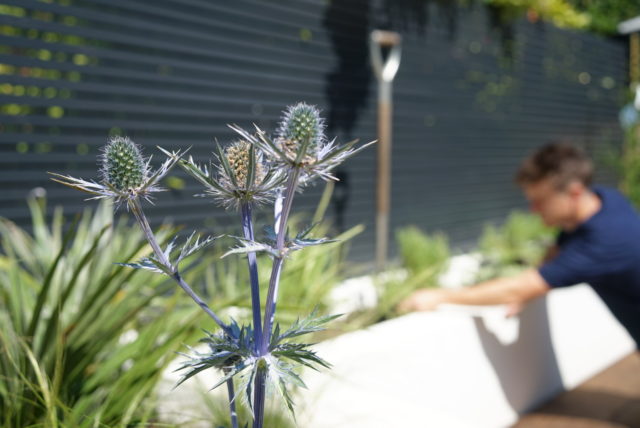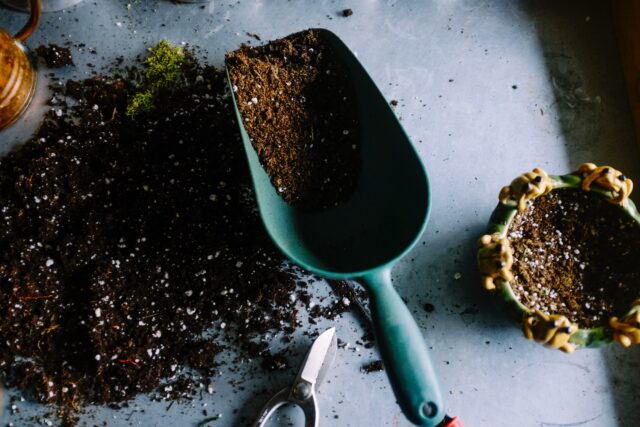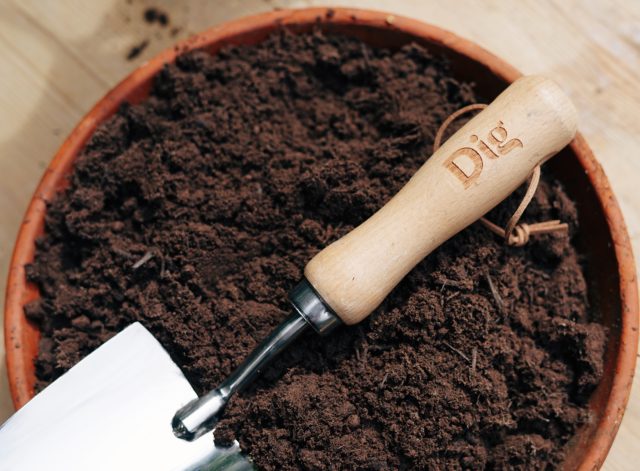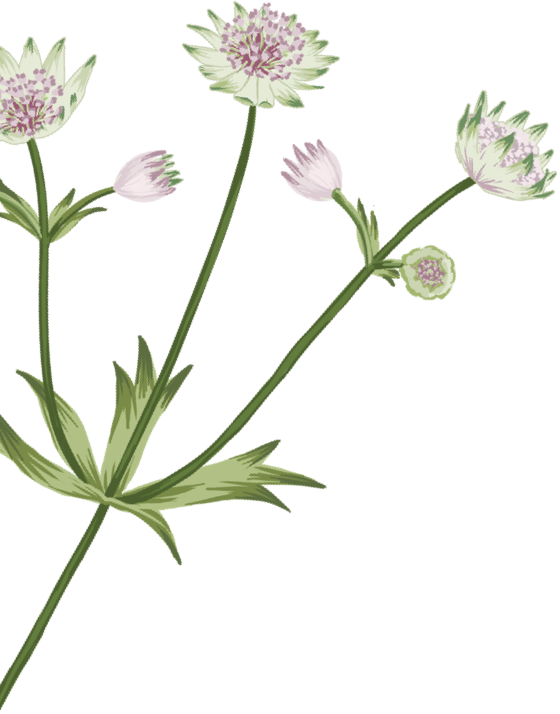Deadheading
You can never do enough deadheading. Removing spent flowers from spring-flowering bulbs like daffodils and tulips will allow all the plants’ energy to go into strengthening the bulb for next year – rather than wasting that energy on the development of seeds. Remember not to remove leaves once a flower has finished though as this is crucial for the ongoing photosynthesis. Think of a bulb like a battery, with the leaves acting as the solar panels to charge it.
Sow sweet peas
If you’ve been growing Sweet Peas from seed, now’s the time to plant out the seedlings. Do this in the ground or pots at the bottom of supports for them to grow up. Bamboo canes tied together into a three-sided pyramid shape make a nice-looking DIY option.
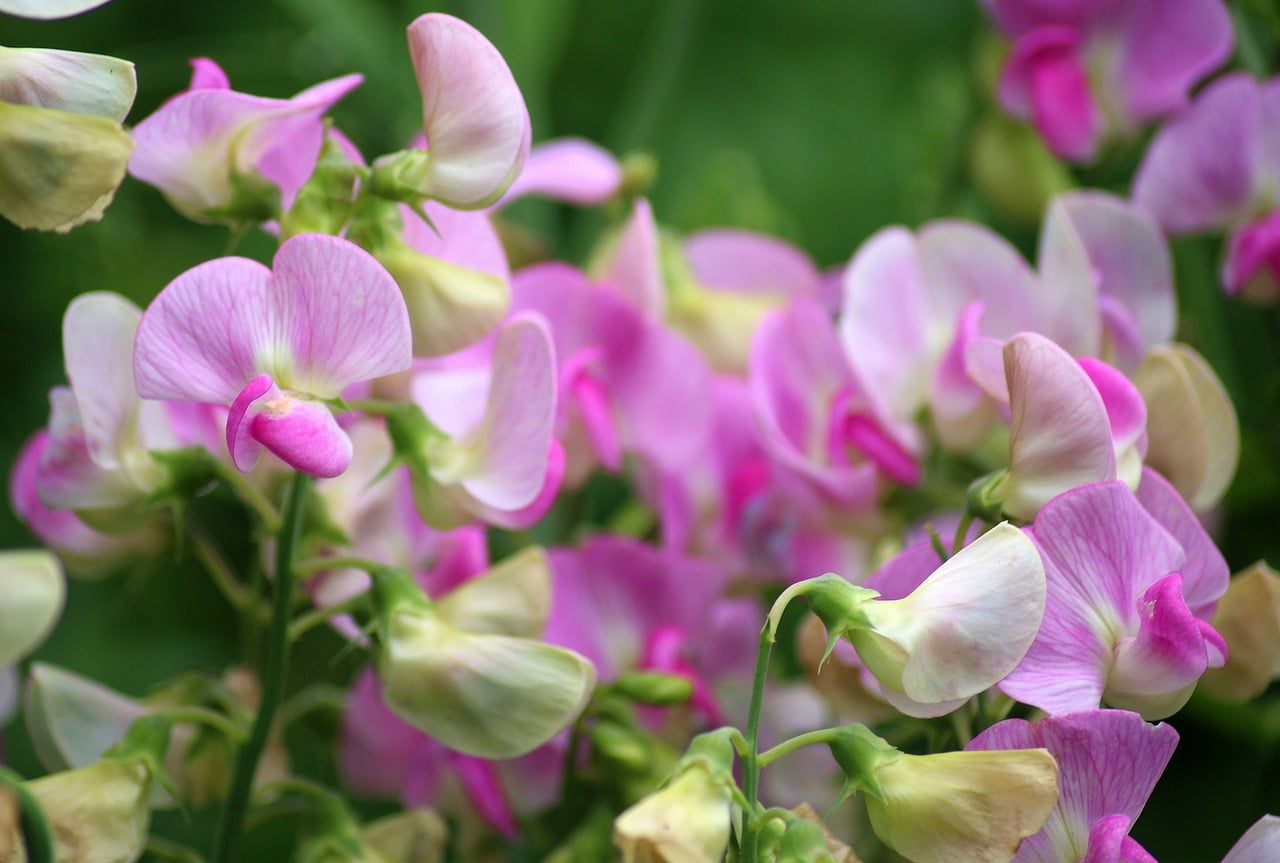
Summer bedding
Now is a good time to plant out summer bedding plants, often otherwise known as ‘annuals’. We’ve (almost certainly) passed the last frost of the winter now and so summer bedding can be planted out – either in pots or in and amongst plants at the front of beds. Planting now will allow them to strengthen and give you a strong rolling display through the year.
An eye on aphids
Keep an eye out for aphids on plants, especially younger shoots. Remove aphids by wiping them off either with a damp rag or your fingers. You can keep aphids at bay once removed by spraying plants with a mixture of water and very, very, very dilute washing up liquid. 1-2 drops of soap to a litre of water is the ratio you’re looking for.
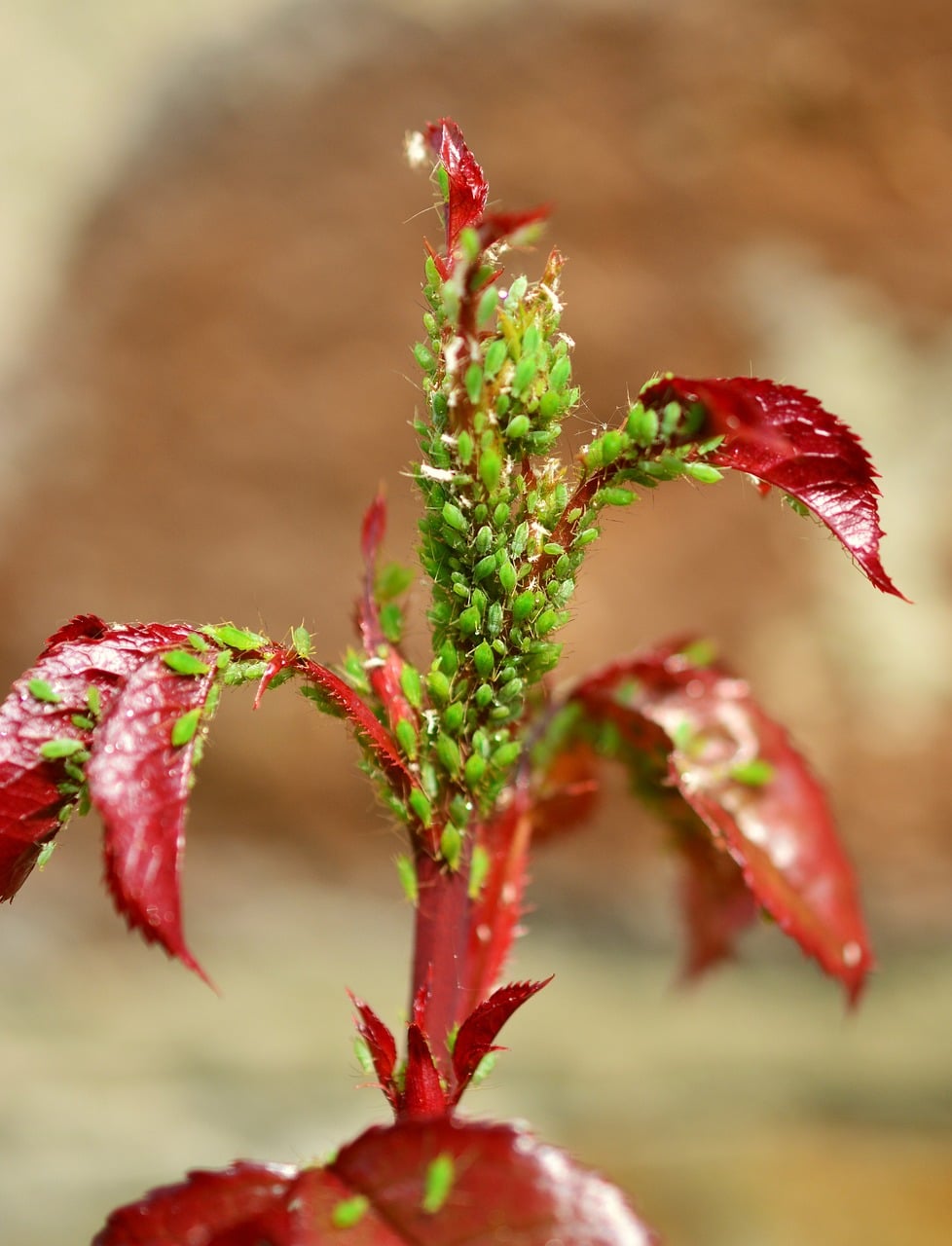
Snowdrops
In what seems like a slightly counterintuitive approach, now is a great time to plant snowdrops whilst they still have foliage. This is known as ‘in the green’. You can buy snowdrops ‘in the green’ from garden centres and online and, planted now, they will deliver brilliant results come next spring. Playing the long game is often very rewarding.
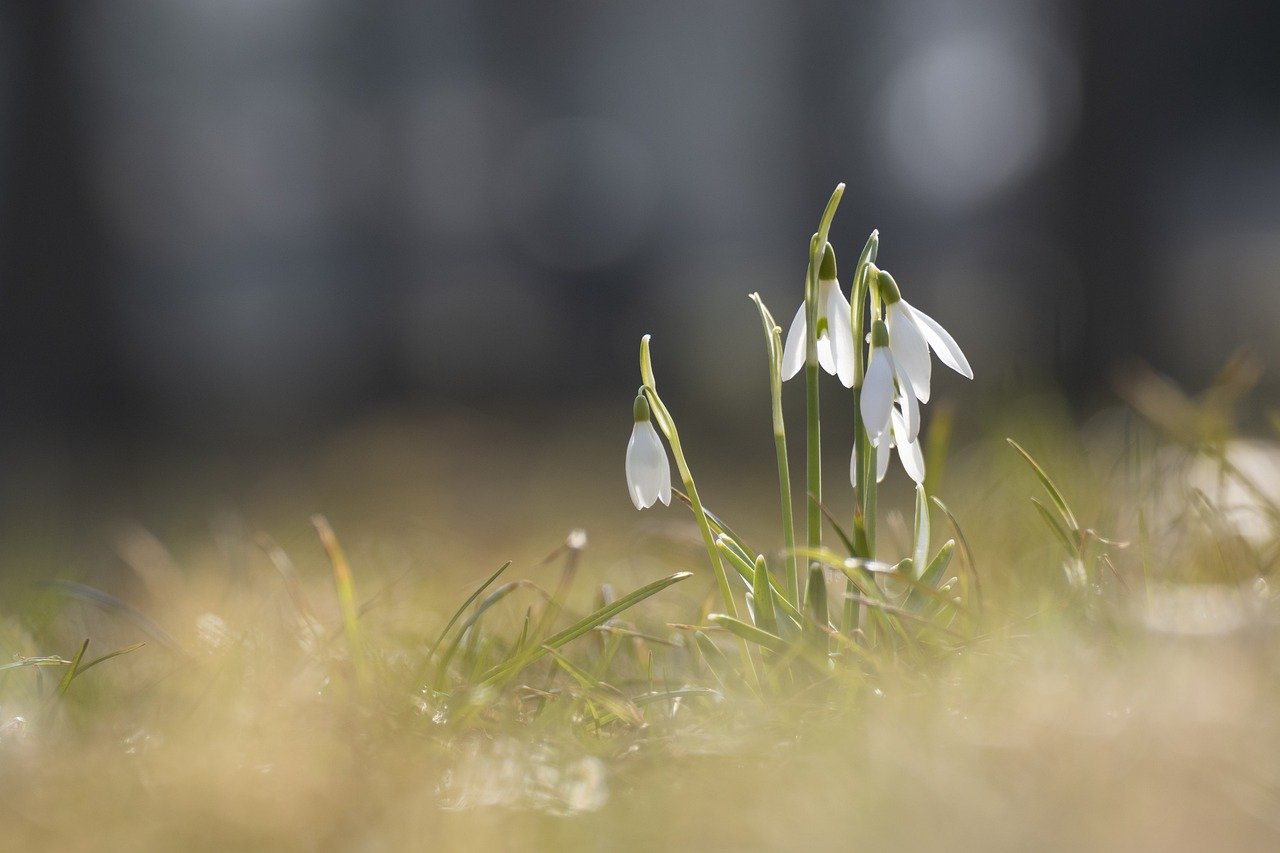
Support your spring climbers
Group 1 Clematis (which means Clematis that flower early in the year, on shoots grown the previous summer) will be beginning to show more vigorous growth around now. This will mean they might need supporting. If you notice your clematis showing lots of new growth that looks to be at risk of toppling the plant over, ensure to tie the new growth to a support with garden twine. This exercise is also useful for guiding the plant to where you want it to go – especially if trying to cover a wall or fence.
Now is also a great time to trim and tie in Jasmine. If you have a flourishing trachelospermum, spring is a good opportunity to make sure that old growth is removed, and new growth is tied and guided to where you’d like it to grow, covering gaps and ensuring you have a healthy, fulsome plant that will continue to flower and fill your outdoor space with its intoxicating fragrance.
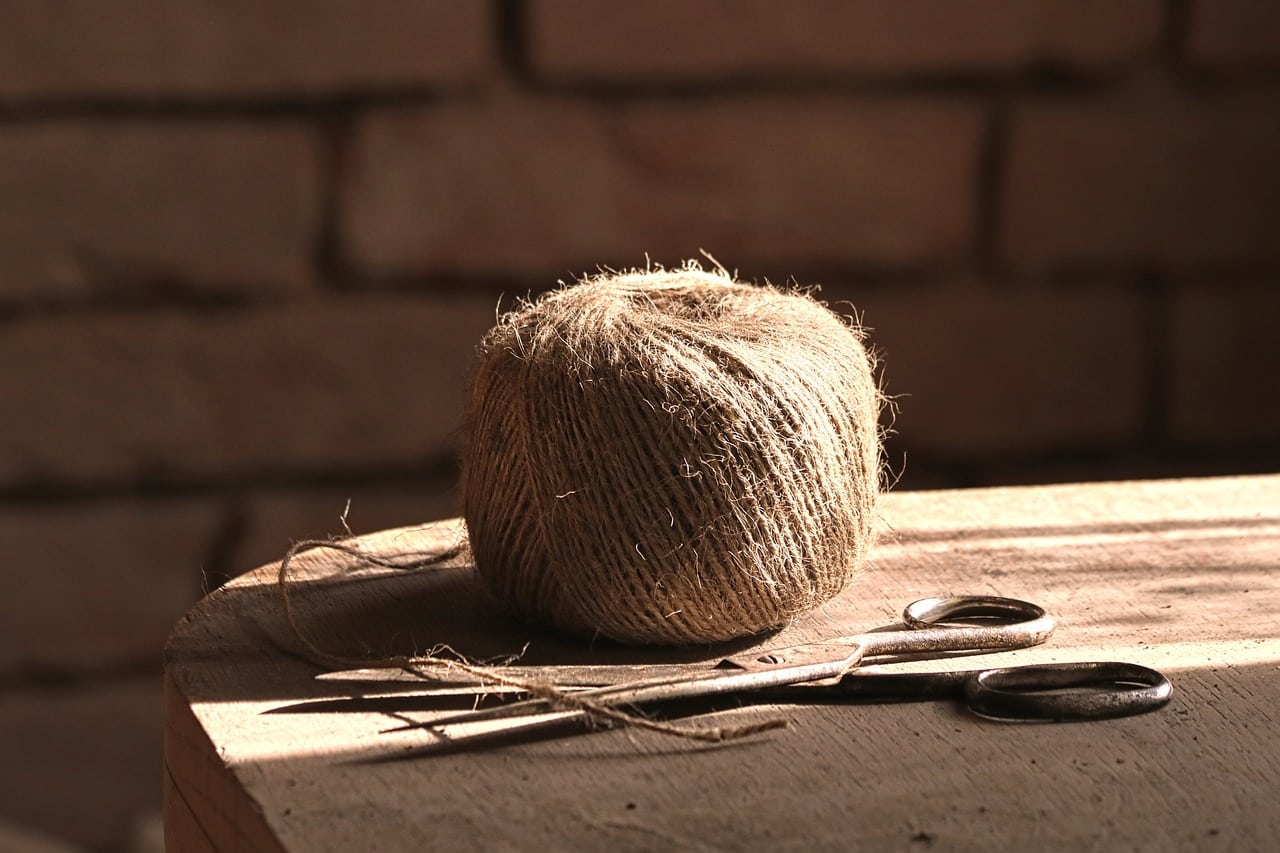
Trim your grasses
Ornamental grasses such as Miscanthus and Pennisetum should be cut back before their new growth properly begins and becomes too vigorous. Cut them back to an inch or so high, and wait for the new green growth to emerge. If yours are already growing happily, perhaps due to being in a warmer area, do your best to remove as much of the old, dead growth as you can to allow for a happier, healthy, more visually-appealing plant.
Lawn care
Sow seeds in any patchy areas on your lawns this month. It’s a good time for grass to get a head start ready for summer. When it comes to mowing your lawn, make sure to do this on a dry day to minimise damage to the leaves which can end up torn, rather than sliced, when wet.
Fuel for flowers
It’s a great idea to feed your plants every fortnight. When watering, simply add the requisite amount of all-purpose plant food to your watering can making sure to check the instructions to ensure you’re neither adding too much nor too little. Tomato feed is good, and widely available in supermarkets and garden centres.
Bushier Fuschias
If you have Fuschias in your garden, pinch off the top of new shoots to encourage side shoots to sprout – leading to a bushier plant and, hopefully, many more flowers when the time comes.
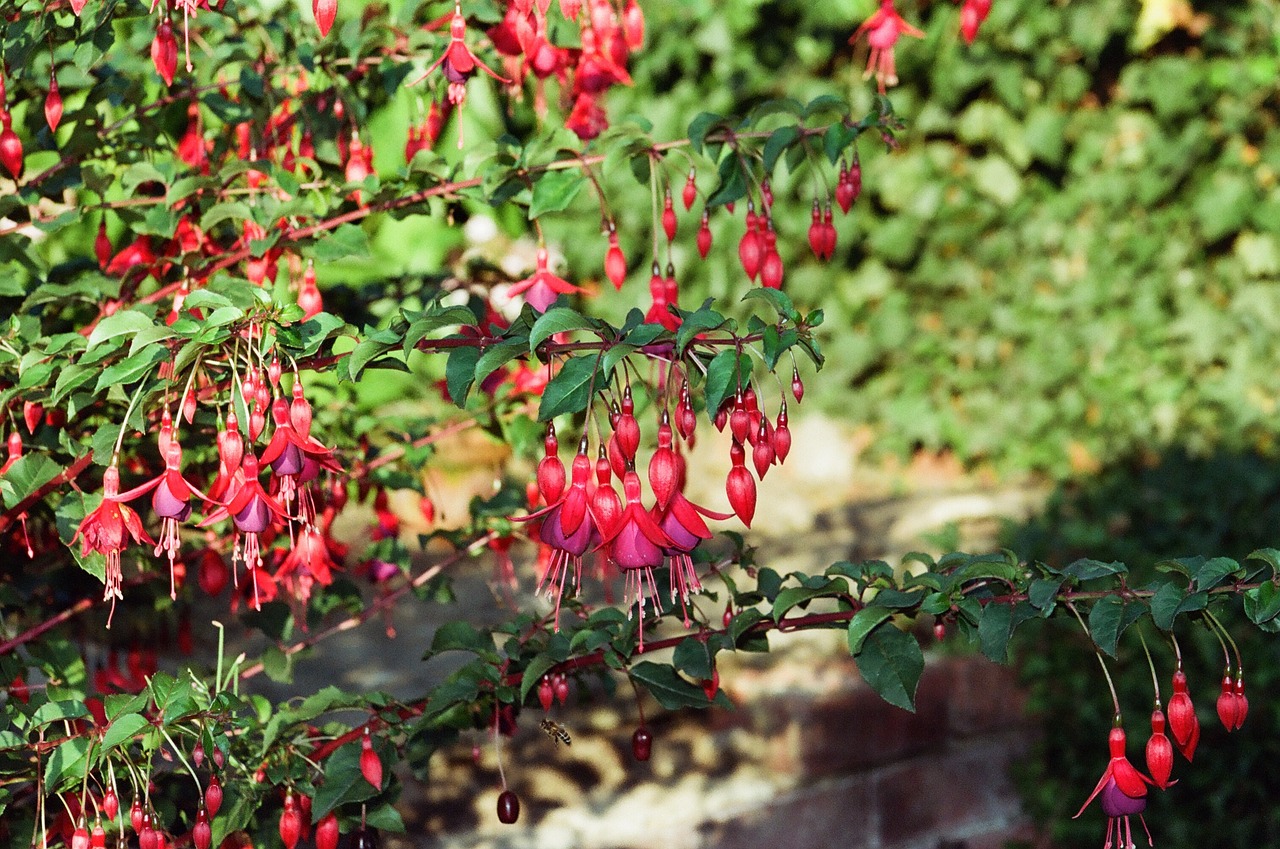
The Edible Garden
Though Dig doesn’t have an edible offering (YET…!) aside from the strawberries and other fun pickings that come as part of our theme The Adventure here are a few easy things you can be planting out now to add an edible element to your outdoor space.
- Sow microgreens and lettuces into pots or trays now and you’ll begin to see young leaves in just a few weeks time. Pop them on a warm window sill or in a greenhouse for the best results.
- Plant tomatoes into growing bags and keep them in a warm, sunny, sheltered spot. Remember to add stakes for them to grow up too.
- Plant herb seeds into pots or growing trays. Basil, parsley, chives, and many other common supermarket herbs can be grown this way in a warm, sunny, sheltered spot. A greenhouse is ideal, but a sunny windowsill should do brilliantly too.
- If you don’t have The Adventure theme but are intruiged by growing wild strawberries, now is a good time to plant them. These delightful trailing plants are a key feature in our theme The Adventure, but they can make a beautiful, delicious addition to any sunny garden really.
